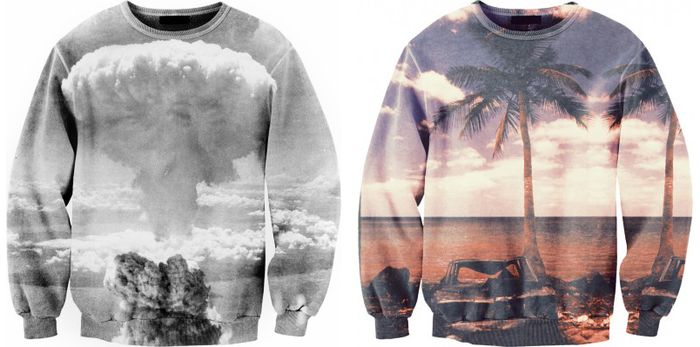There’s nothing quite like the disappointment of investing in high quality garment printing services, only for your proud new garments to lose their lustre almost instantly. Of course, the quality of the garments and indeed the printing process itself will have the biggest impact on the long-term life and sparkle of any printed clothing, but the way it’s cared for will also have an influence.
The simple fact of the matter is that any garments that feature printed designs of any shape or size need to be looked after with added care and attention. Simply paying them no mind and throwing them in the laundry like every other cotton T-shirt in your collection represents a sure-fire way of robbing them of their glory, sooner rather than later. It’s not quite necessary to handle them as you might your most delicate of delicates, but simply by being proactive and at least a little careful along the way, you stand to extend the life of your printed garments exponentially.

So for those wishing to do exactly that, here’s a quick look at just a few essential tips for keeping your prints and garments looking like new:
1 – Low Temperatures
First and foremost, just because the cotton t-shirt itself could easily survive a high temperature wash doesn’t necessarily mean the same can be said for its printed design. In fact, in the overwhelming majority of cases it is highly recommended that printed garments be washed only on cooler settings. Exactly what kinds of temperatures the printed design can tolerate will vary enormously in accordance with the quality and type of printing process used to get it on there in the first place. Nevertheless, high temperatures will always inflict punishment on bright, colourful and delicate clothing, so it is best to err on the side of caution with a cool wash.
2 – Inside Out
The importance of washing printed garments inside out really cannot be overstated. There are two reasons for this, the first of which being that with the printed pattern or design on the inside of the garment, it won’t be directly exposed to the detergent, water, conditioners and so on which could cause damage. In addition to this, the most common cause of damage to printed garments in the washing machine is nothing more than the friction caused by other garments in there. By turning them inside out, you protect the printed design from a thousand and one scrapes, knocks and bangs the likes of which could do a number on their overall integrity.
3 – Gentle Cycles
Unsurprisingly, therefore, it also makes perfect sense to only ever wash these kinds of garments on relatively gentle cycles. It’s simply a case of avoiding as much friction and bashing about as possible, in order to give your printed garments the best possible chance of holding onto their outstanding looks for longer. And if you’re really wanting to keep things as gentle and kind as possible, there’s always the option of getting stuck-in yourself with a spot of hand washing.
4 – Gentle Drying
Never overlook the importance of gentle drying when it comes to caring for printed garments, which is just as important as careful washing. For example, in many instances the tumble dryer is well and truly out of the question. In instances where the dryer can be used, low settings are mandatory and so too is turning the garment inside out…for exactly the same reasons as before. Ideally, drying on a rack or hanger tends to be the preferred option.
5 – Storage
One of the most little-known tips when it comes to caring for delicate garments like printed t-shirts for example is that of getting into the habit of storing them away inside out. It might seem odd to deliberately place garments on hangers inside out, but in doing so you significantly reduce exposure and the potential for friction/rubbing to cause damage to the printed design. If any damage is caused, it will be on the inside where nobody can see it.
6 – Read the Label!
Last but not least, regardless of whether you are printing the garments yourself or buying them from the pros, there will be certain instructions provided with regard to proper care. These instructions will always be slightly different from one garment to the next, which is exactly why it is crucially important not to make assumptions, but to instead read and acknowledge the whole thing carefully. After all, if looking after your proud new garments really does matter to you, surely you can spare just a few seconds to glance over the label, right?

